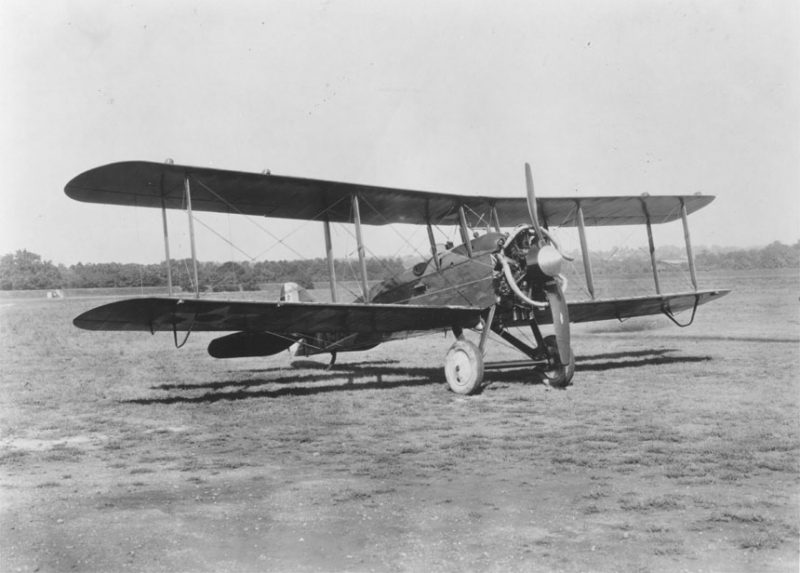The Second World War that is remembered by the Atomic bomb’s mushroom cloud and V2 rockets, it is very hard to imagine that throughout the war some of the most primitive machines and methods were deployed on both sides to achieve military goals. Some of these old methods and equipment are mentioned below.
- Bi-Planes of WW1
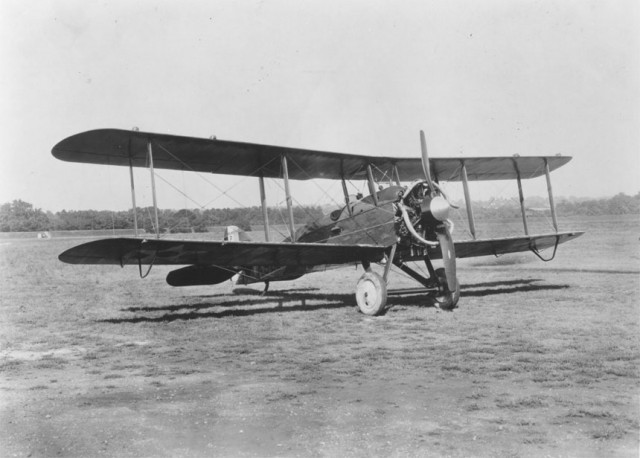
The Second World War lasted more then six years, and during these years the aircraft industry saw amazing advancement by almost every country involved in the conflict. Partly because air dominance, as it quickly became obvious, was the key to win any battle in the war. By the end of the conflict U.S. dominated the skies with its most advanced P51 Mustang fighter and Boeing B29 Superfortress. On the other sides Germans were experimenting with all kinds of jet fighters and passenger carriers. But throughout the war WW1-styled biplanes were extensively used for a variety of combat missions by both sides. Germans used them against Yugoslav partisans, while Allies mostly deployed the oldies to the Mediterranean theatre, since these primitive planes were not as effective in Europe due to the speed and scale of the conflict.
- The Cavalry Charge
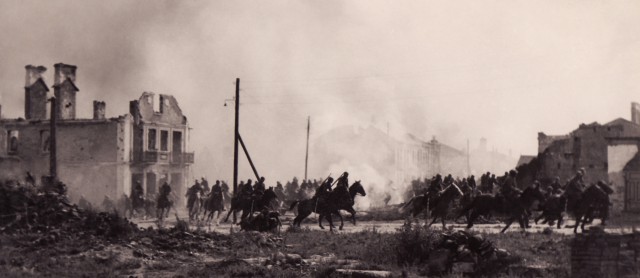
Most of us would regard cavalry charge as a died-out fighting method, but nevertheless it was quiet widely used during the Second World War. Germany deployed four cavalry divisions during the war, while soviets had 13 divisions. Soviets had reportedly used their cavalry most commendably since they had much more experience of utilizing the mounted troops. U.S. had ordered for the supply of some 20,000 horses, the largest order for horses since the Civil War in America. The cavalry divisions on both sides made valuable contributions on a number of battlefields during the war.
- Horse Logistics
Although the war saw considerable innovation in the technology of aircrafts and radar systems, a big chunk of logistics relied on the transport horses carrying the logistics to the battlefronts. Germany had the largest number of horses, some 750,000 of them. At one time when Germany had to mobilize 3 million men, 600,000 vehicles and some 4,000 tanks, there was one horse for every four men in German Army. The biggest problem was feeding the horses, soldiers could rely on short supplies but horses wont move if not fed properly. Therefore the German army was feeding their horses some 4,500 tones of feed every single day.
- Communication Pigeons
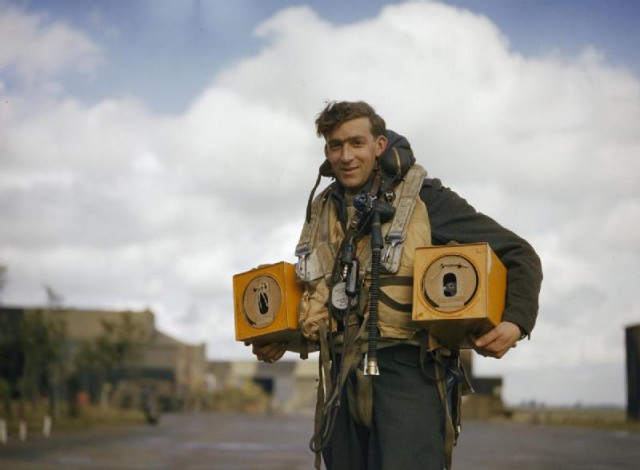
Throughout human history pigeons were used to communicate information back and forth during the battles and wars, precisely because pigeons have excellent sense of navigation. However, in history most modern and most deadly conflict a large number of pigeons was used to communicate information. Although there were radio communication technologies in place, however both sides had made considerable advancement to intercept radio communications. In such conditions, pigeons provided the perfect stealth and security in terms of relaying information between battlefronts. British were leading this front, using a staggering quarter of a million communication pigeons, controlled by an Air Ministry Pigeon Section dedicated to the task.
- Visual Signaling
This method was predominately used by the Soviet Tank men during the War. There were a number of signaling methods, most common of them was the use of color flags during various tank formations. Their German counterparts made fun of this primitive flying flags methods, and mocked soviet technology. But no German was laughing anymore after Soviet Union deployed its deadly and speedy T-34 tank. Flare guns were also used by both sides to signal location or quickly signal an attack in case radio communications fail.
- Trenches
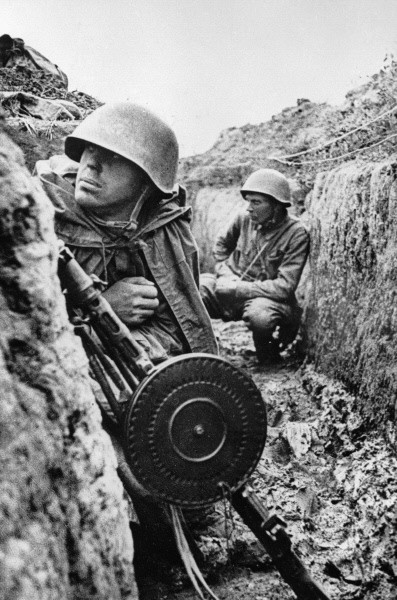
Another effective war weapon from the past, trenches made to the public eye in the First World War where almost every country extensively used this method to either defend or besiege the enemy. During WWII trench warfare was alive and kicking and Armies on both sides of the conflict extensively used trenches for various purposes. In Europe trenches were dug to stop advancing Panzer or tank attacks, as in Normandy, or to defend against enemy, as it happened in Leningrad siege. In the Pacific theatre of the War, Japanese soldiers took trench warfare to the next level by digging sophisticated tunnel system underground and then use these tunnels to wage gorilla attacks.
- Flooding
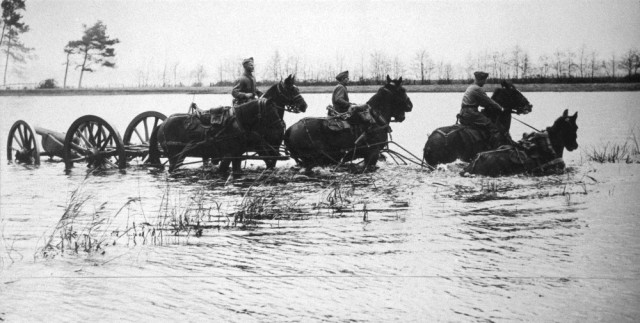
In a war where quick transportation and mobilizing was considered a key factor that could change the face of a battle, every possible effort was deployed to cause slowdown in advancing armies. The most effective method to achieve this goal was also the most primitive, dating back to 16th century. Low lying planes were flooded by the both sides to slowdown the marching army. Stuck in flooded and muddy terrain the troops were then quickly turned into sitting ducks waiting to be obliterated by air attacks.
- Biological warfare
Contrary to the popular belief, the biological warfare is not a very modern phenomenon, rather it has been practiced by humans for a long time. There were incidents reported in the history where victims of a deadly disease such as Tularemia were sent to infiltrate enemy lines to cause epidemic among troops. In the middle ages excrement and corpses infected with plague were thrown inside the walls of the castles using catalpas. Historians suggest that similar primitive biological war tactics were deployed on a number of occasions during the 18th and 19th century, the i09 reports.
In the Second world war Japanese won the race for the use of biological warfare. Even before the war Japanese Imperial Army was infecting the wells in the occupied China. And who can forget the infamous gas chambers that killed scores of innocent people predominately Jews. By the end of the War a total of 203,000 people died as a result of biological warfare.
